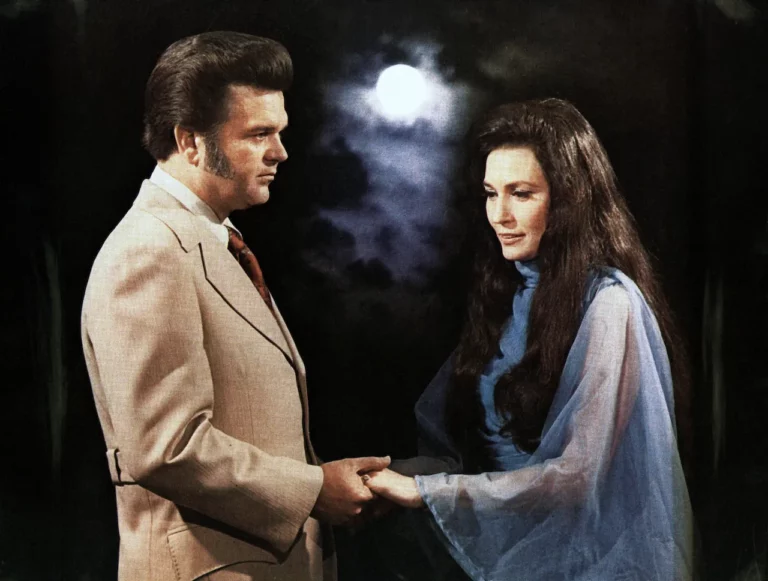What Happened To Waterbeds?
Did you know that in the 1980s, waterbeds accounted for nearly 20% of mattress sales in the United States?
However, since then, their popularity has declined significantly.
So, what happened to waterbeds? In this article, we will explore the rise and fall of waterbeds, examining the factors that contributed to their decline.
As consumer preferences evolved, the demand for waterbeds decreased, leading to their demise in the mattress market.
Stay tuned to discover the reasons behind the fading allure of waterbeds and how other mattress options took their place.
The Rise of Waterbeds
You’ll be surprised to learn that waterbeds experienced a significant rise in popularity during the 1970s and 1980s. These unique beds, filled with water and encased in a vinyl mattress, became a symbol of the counterculture movement and the desire for unconventional sleeping experiences. People were drawn to the idea of a bed that could contour to their body, providing a floating sensation and relieving pressure points.
With their association to relaxation and comfort, waterbeds quickly gained traction among young adults and gained mainstream appeal. Their popularity was further fueled by the endorsement of celebrities and their appearance in popular culture.
However, as the 1990s rolled in, the novelty wore off, and the practicality and maintenance issues associated with waterbeds contributed to their decline in popularity.
The Popularity Peak
During the 1970s and 1980s, the popularity of waterbeds reached its peak as people embraced the unique sleeping experience they offered. These beds, filled with water, provided a softer and more customizable surface than traditional mattresses. They became a symbol of the free-spirited and unconventional lifestyle of the time.
Celebrities and trendsetters were often seen endorsing waterbeds, further fueling their popularity. The market responded by offering a wide range of designs, from simple to extravagant, to cater to different tastes and budgets.
However, as the 1990s rolled in, the enthusiasm for waterbeds began to wane. The novelty wore off, and concerns about maintenance, leaks, and backaches started to surface. Additionally, advancements in mattress technology provided more comfortable alternatives.
Despite their decline in popularity, waterbeds still hold a nostalgic charm for those who experienced their heyday.
Factors Contributing to Decline
Factors contributing to the decline of waterbeds included concerns about maintenance, leaks, and backaches, as well as advancements in mattress technology providing more comfortable alternatives.
Waterbeds required regular maintenance, such as adding water conditioners and adjusting the temperature, which many found to be time-consuming and bothersome. Leaks were also a common issue, with the risk of ruining carpets or other furniture. Additionally, some users experienced backaches and discomfort due to the lack of proper support provided by waterbeds.
As technology progressed, traditional mattresses started incorporating features like memory foam, pocket springs, and adjustable firmness options, offering improved support and comfort. These advancements made traditional mattresses more appealing to consumers, leading to a decline in the popularity of waterbeds.
Changing Consumer Preferences
Changing consumer preferences played a significant role in the decline of waterbeds. As people’s tastes and preferences evolved over time, the demand for waterbeds decreased. With the rise of more modern and comfortable mattress options, such as memory foam and adjustable beds, consumers began to shift their focus to more practical and convenient alternatives.
Waterbeds once considered a symbol of luxury and comfort, were no longer seen as the pinnacle of sleep technology. Furthermore, as the concept of minimalism gained popularity, waterbeds became associated with excess and unnecessary extravagance.
Today, consumers prioritize factors such as support, durability, and ease of maintenance when choosing a mattress, which waterbeds were unable to provide. As a result, the waterbed industry faced a decline in sales, ultimately leading to their disappearance from the mainstream market.
See Also: What Happened to 8 Passengers?
The Demise of Waterbeds
As you explore the demise of waterbeds, it becomes evident that consumer preferences and evolving mattress options played a significant role in their decline.
Waterbeds, once a popular choice for sleepers seeking a unique and comfortable experience, have gradually lost their appeal over time. With advancements in mattress technology, such as memory foam and hybrid designs, consumers now have a wider range of options to choose from. These alternatives offer better support, motion isolation, and temperature regulation, addressing the drawbacks associated with waterbeds.
Additionally, changing consumer preferences have shifted towards more minimalist and practical sleeping solutions, favouring simplicity and ease of use. As a result, waterbeds have become a niche product, catering to a smaller market segment, ultimately leading to their decline in popularity.
Frequently Asked Questions
How Much Do Waterbeds Typically Cost?
Waterbeds typically cost around $500 to $2,000, depending on the quality and features.
They were popular in the 1970s but declined in popularity due to improvements in mattress technology and concerns about maintenance.
Are Waterbeds Easy to Move and Transport?
Waterbeds are generally not easy to move and transport due to their size and weight. They require draining, disassembly, and careful handling.
It’s important to plan ahead and seek assistance for a successful relocation.
What Are the Health Benefits of Sleeping on a Waterbed?
Sleeping on a waterbed can have several health benefits.
The gentle support of the water can alleviate pressure points, reduce back pain, and promote better blood circulation, resulting in a more comfortable and restful sleep.
How Do Waterbeds Affect the Quality of Sleep?
Waterbeds can affect the quality of your sleep in various ways.
The gentle movement can help you relax and fall asleep faster, but it may also cause disruptions during the night, affecting the overall sleep quality.
Are Waterbeds Suitable for People With Back Problems or Medical Conditions?
Waterbeds can be suitable for people with back problems or medical conditions. They provide adjustable support and can alleviate pressure points.
However, it’s important to consult with a healthcare professional to determine if it’s the right option for you.
Conclusion
So there you have it – the rise, peak, and eventual decline of waterbeds.
As consumer preferences changed over time, the demand for waterbeds decreased, leading to their demise.
People now prefer different types of mattresses that cater to their specific needs and comfort levels.
It’s a testament to how consumer tastes and trends can shape the fate of even the most innovative products.

Welcome to our blog! My name is Yuvraj Kore, and I am a blogger who has been exploring the world of blogging since 2017. It all started back in 2014 when I attended a digital marketing program at college and learned about the intriguing world of blogging.






